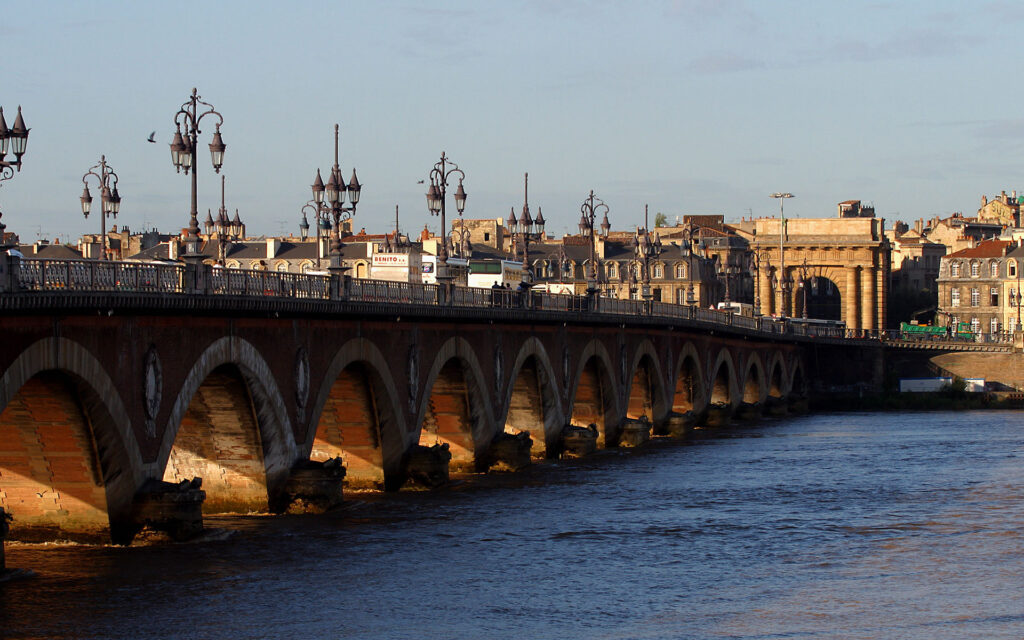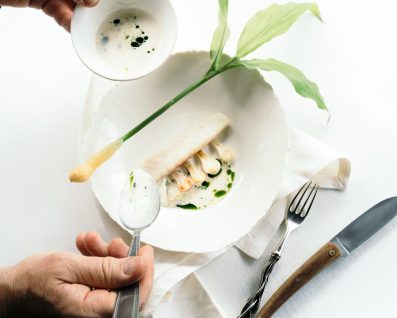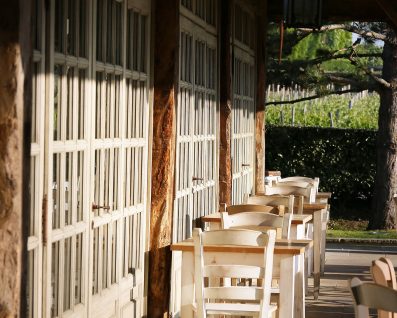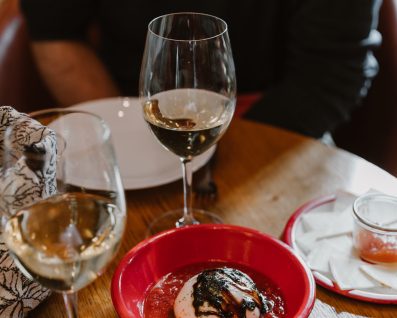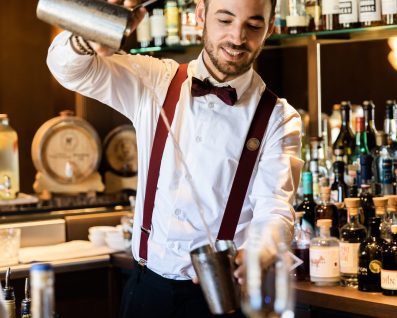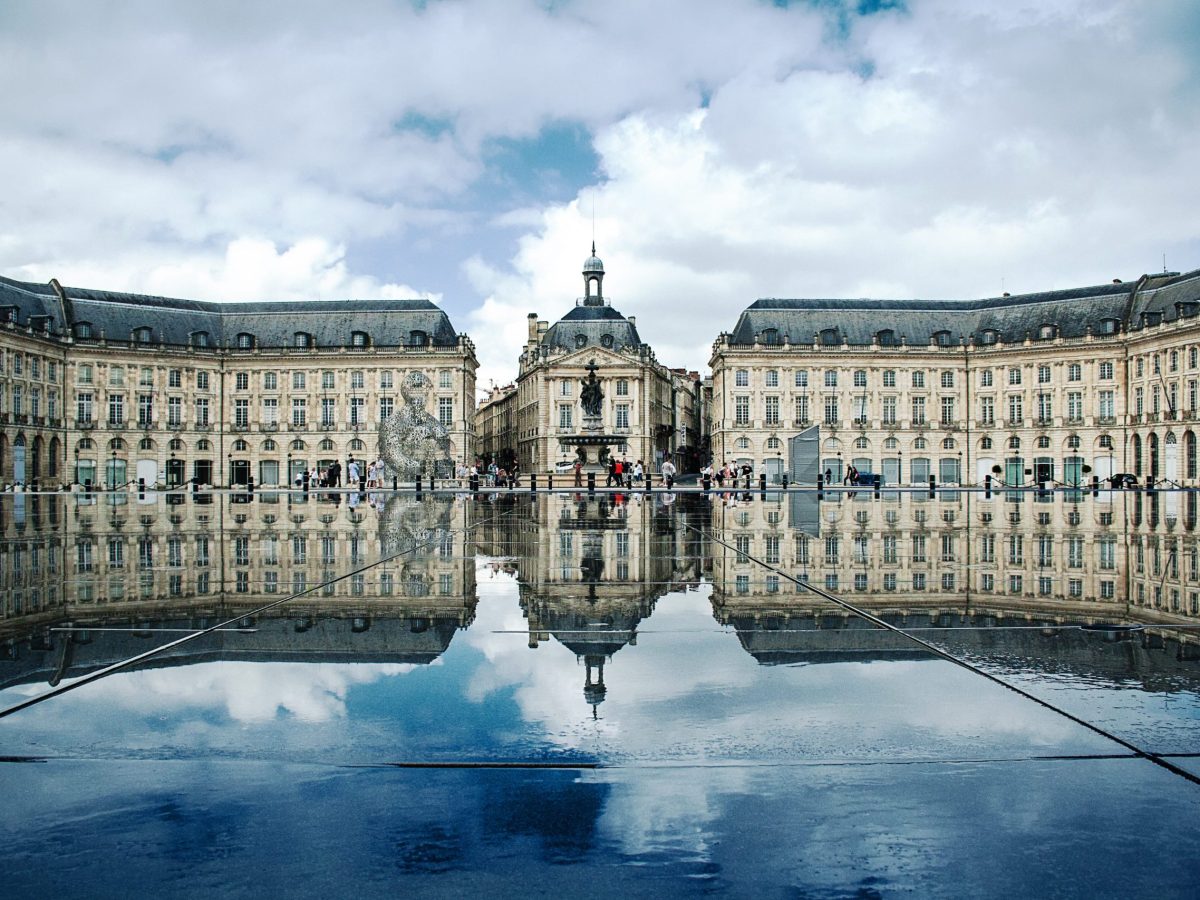Bordeaux, the pearl of south-west France, is full of fascinating stories and astonishing facts. Whether you're a history buff, a wine enthusiast or simply curious to discover new anecdotes about this dynamic city, let yourself be surprised by these little-known facts.
In 1914, the city of Bordeaux was the capital of France for several months during the First World War.
At the start of the First World War, the German invasion prompted the French government to flee Paris. Bordeaux was designated as the new capital of France, home to the government, ministries and even foreign embassies. This period left a deep historical mark on Bordeaux, as evidenced by the many official buildings and residences that housed the dignitaries of the time.
Linking Place de la Comédie to Place de la Victoire, Rue Sainte-Catherine is the longest pedestrianised street in France (and Europe!).
The majestic Rue Sainte-Catherine stretches for almost a kilometre, offering visitors a unique shopping and strolling experience in the heart of Bordeaux. Lined with boutiques, cafés and restaurants, this shopping thoroughfare is a veritable symbol of urban life in Bordeaux. Its constant bustle makes it an essential meeting place for locals and tourists alike.
The Chaban-Delmas bridge changes colour according to the tide: green for low tide, blue for high tide.
Situated majestically over the Garonne, the Chaban-Delmas bridge is much more than just an engineering structure. As well as facilitating traffic between the two banks of the river, the bridge offers a unique visual spectacle. Its pillars light up with changing colours, offering passers-by and boaters a living tableau that changes with the tides.
Originally from Bordeaux, the Malbec grape is grown mainly in Argentina, where it produces some of the world's finest wines.
Even before Bordeaux became famous for its red wines, the Malbec grape had been cultivated there for centuries. However, it was in Argentina that this grape variety found its home, producing robust, expressive wines that have conquered palates the world over. Nevertheless, Bordeaux retains a special place in the history of Malbec, as its birthplace.
Built by the Germans in 1940, the Bordeaux submarine base is now home to a digital art centre, Bassins des Lumières.
Witness to the turbulent history of Bordeaux during the Second World War, the submarine base is now an emblematic cultural venue. The Bassins des Lumières offer an immersive artistic experience, projecting digital works of art onto the walls of this historic monument. This creative reinvention is a testament to Bordeaux's ability to transform its past into a contemporary and innovative vision.
Each of the 17 arches of the Pont de Pierre represents a letter of the surname of the man who built it - Napoléon Bonaparte.
The Pont de Pierre, linking the two banks of the Garonne, is much more than just a bridge. Each arch of this architectural masterpiece bears a piece of Bordeaux's history. Legend has it that the arches are dedicated to Napoléon Bonaparte, whose full name, Napoléon Bonaparte, consists of seventeen letters, corresponding to the number of arches in the bridge.
The first Coca-Cola recipe was inspired by the Mariani wine obtained by macerating coca leaves in Bordeau wine.x !
A surprising connection links Bordeaux to one of the world's most iconic drinks. Before Coca-Cola became the fizzy drink we know today, its original recipe was inspired by Mariani wine, a drink made from coca leaves macerated in Bordeaux wine. This anecdote illustrates the diversity and cultural influence of Bordeaux, which has left its mark even on the recipes for world-famous drinks.
Bordeaux is much more than a city of wine. It's a place where history, culture and innovation come together to create a unique and unforgettable experience. Whether you're an architecture enthusiast, an art lover or simply an epicurean in search of new flavours, Bordeaux is sure to seduce and amaze you with its richness and diversity.
